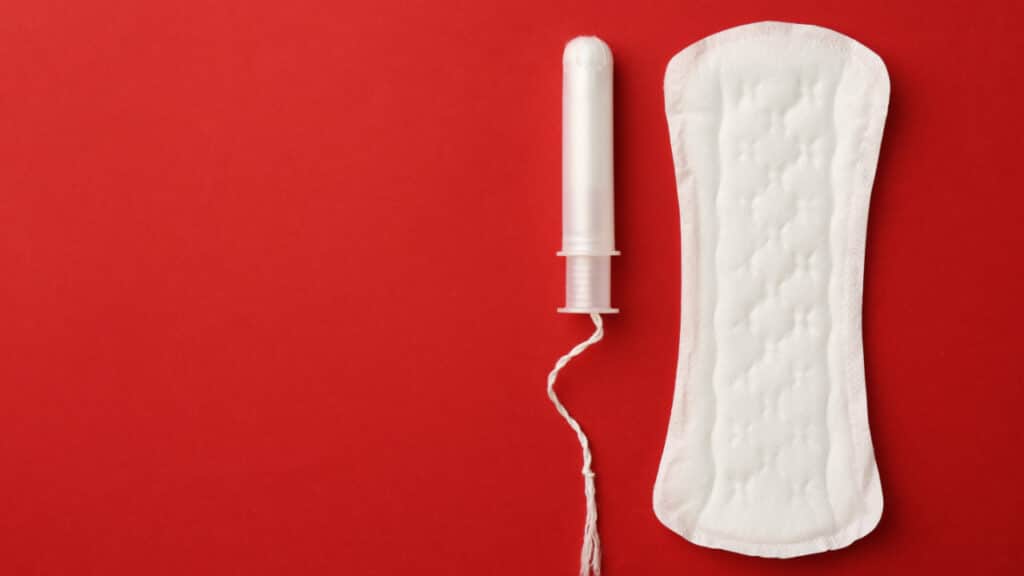Now It Seems That Tampons Have Traces of Arsenic, Lead, and Other Toxic Metals, and, Tbh, We Hate It Here
First, we learned researchers didn’t test menstrual products on real blood. Then we discovered that companies are shrinking the products and charging us the same. Now, it seems that tampons have more than a dozen toxic metals in them.
What’s going on?!
A recent study found lead in 30 tampons from 14 brands consumed by millions in the U.S., U.K., and Greece.
“Our findings point towards the need for regulations requiring the testing of metals in tampons by manufacturers,” the researchers, most of them women, wrote in an article published in Environmental International.
A single tampon contains 16 metals, many of them toxic
The study published July 3 looked for concentrations of arsenic, barium, calcium, cadmium, cobalt, chromium, copper, iron, manganese, mercury, nickel, lead, selenium, strontium, vanadium and zinc. Researchers detected all 16 metals in a single product.
Although the researchers did not determine whether the metals leached out of the tampons, the risk is of particular concern. As the research teams pointed out, the skin of the vagina is more permeable than that of other parts of the body. If any of these substances were to enter the bloodstream from the vagina, the liver could not filter them.
Organic tampons are also not very safe
The study was meticulous in naming brands. In fact, it doesn’t mention any. However, researchers do add that organic tampons aren’t so safe either.
Specifically, researchers found that organic tampons had less lead and more arsenic than non-organic tampons. Those sold in the United States contain higher concentrations of lead than European tampons.
So, where do these metals come from?
These metals could have come from the soil or the plants used to make the materials. However, they could also come from chemicals used as antimicrobials or to control odor.
“We cannot yet say that people should not be using tampons. So far, we know that metals are present in all the samples we tested. However, we do not know yet if metals leach out of the tampon and whether they are absorbed by the body. We, therefore, cannot yet assess to what extent (if any) metals in tampons contribute to any health problems,” Jenni Shearston, a postdoctoral scholar at the University of California Berkeley School of Public Health who led the study, told CBS MoneyWatch. “Our research emphasizes the need for more testing of toxic compounds in products we use daily and better labeling so users can make more informed decisions.”
For its part, the Food and Drug Administration told the media outlet that it is reviewing the results.
“While the chemical method used indicates these metals are present in the tampons tested in the laboratory, the study does not assess whether any metals are released from tampons when used in the body. It also does not address whether any metal, if released, can be absorbed into the vaginal lining or, subsequently, into the bloodstream,” a spokesperson for the agency stated. “We plan to evaluate the study closely and take any action warranted to safeguard the health of consumers who use these products.”




